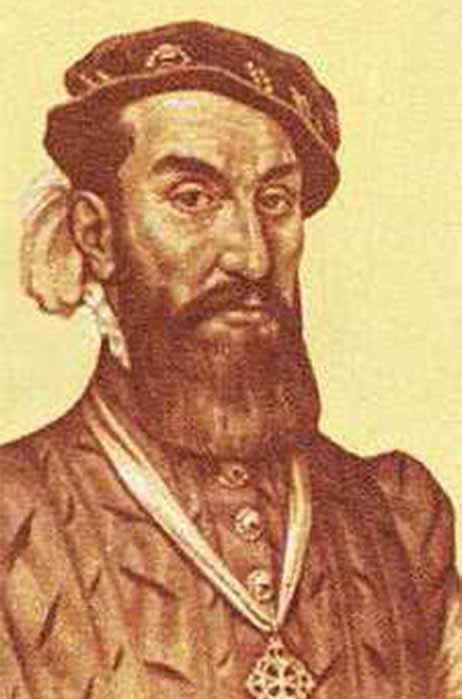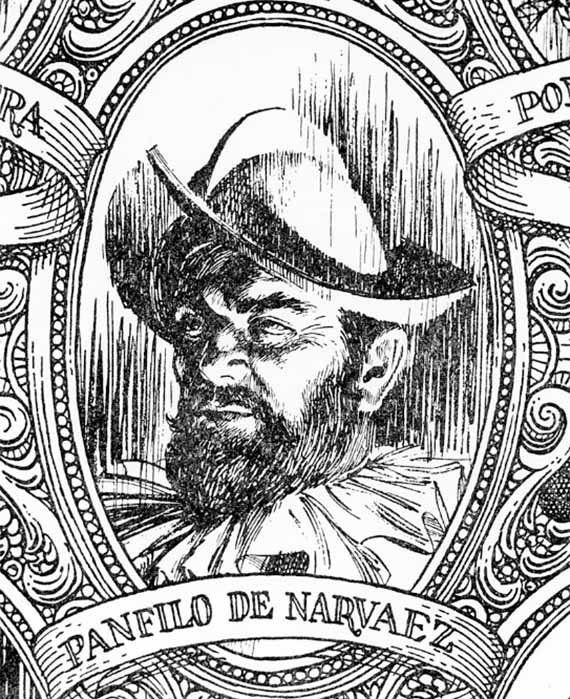
Álvar Núñez Cabeza de Vaca: The Extraordinary Adventure of a Compassionate Conquistador
Álvar Núñez Cabeza de Vaca was a Spanish explorer, born in 1490 in the town of Jerez, a place famed for its sweet wines. Although his name, which meant ‘Cow’s Head,’ was amusing to some, it placed him firmly within the aristocrat class of Spain. His grandfather, Pedro de Vera Mendoza, had served the Spanish Crown well, conquering Gran Canaria in the 1480s. De Vaca would prove an equally loyal servant as he blossomed into a young man. At 21 he had fought for Spain in the Italian campaigns of 1511 to 1513, and in 1520 he helped the Spanish kingdom put down the Comunero rebellion of Castile, who rose up for their independence.

Portrait of Álvar Núñez Cabeza de Vaca (Public Domain)
But De Vaca’s greatest test of dedication to his sovereigns, however, came in 1527, when he was tasked with conquering the mysterious region of the New World known as La Florida, an area including Florida, the Gulf of Mexico coast, and parts of Mexico. Alongside Governor Panfilo de Narvaez and 600 men, De Vaca was in charge of logistics and finance of a fleet of five ships that set off from Spain on June 17, 1527. De Vaca was to return to his homeland a decade later in 1537, with an astonishing story, and a unique experience that was to shake his stereotypical, deeply embedded prejudices against Native Americans.

Expedition of Álvar Núñez Cabeza de Vaca, during his first trip to America. (Lencer / CC BY-SA 3.0)
The Treacherous Road To Apalachen
After an arduous voyage the conquistadors finally reached what is now known as Tampa Bay, Florida on April 15, 1528. During their first foray into the unknown, they stumbled upon four natives who led them to their village. On the way, they recovered some gold and feather headdresses that seemed to originate from the Spanish colonies in South America, New Spain. Curious, the Spanish party inquired where the natives had come across such items. The natives communicated to them that a far-away province, called Apalachen, was the source, and that it was a place teeming with gold.
Returning to the coast where they had landed, and after a heated debate, Governor Narvaez decided to commence a journey into the interior to search for Apalachen, ignoring De Vaca’s suggestion to follow the coast with the ships. De Vaca was concerned because the Governor, ill-prepared, seemed to be underestimating the logistics and provisions required for such a dangerous undertaking. De Vaca was overruled, but for honor’s sake, and not to look like a coward, he decided to accompany the Governor on his foolhardy mission instead of staying behind with the ships.

Governor Panfillo de Navraez (Public Domain)




